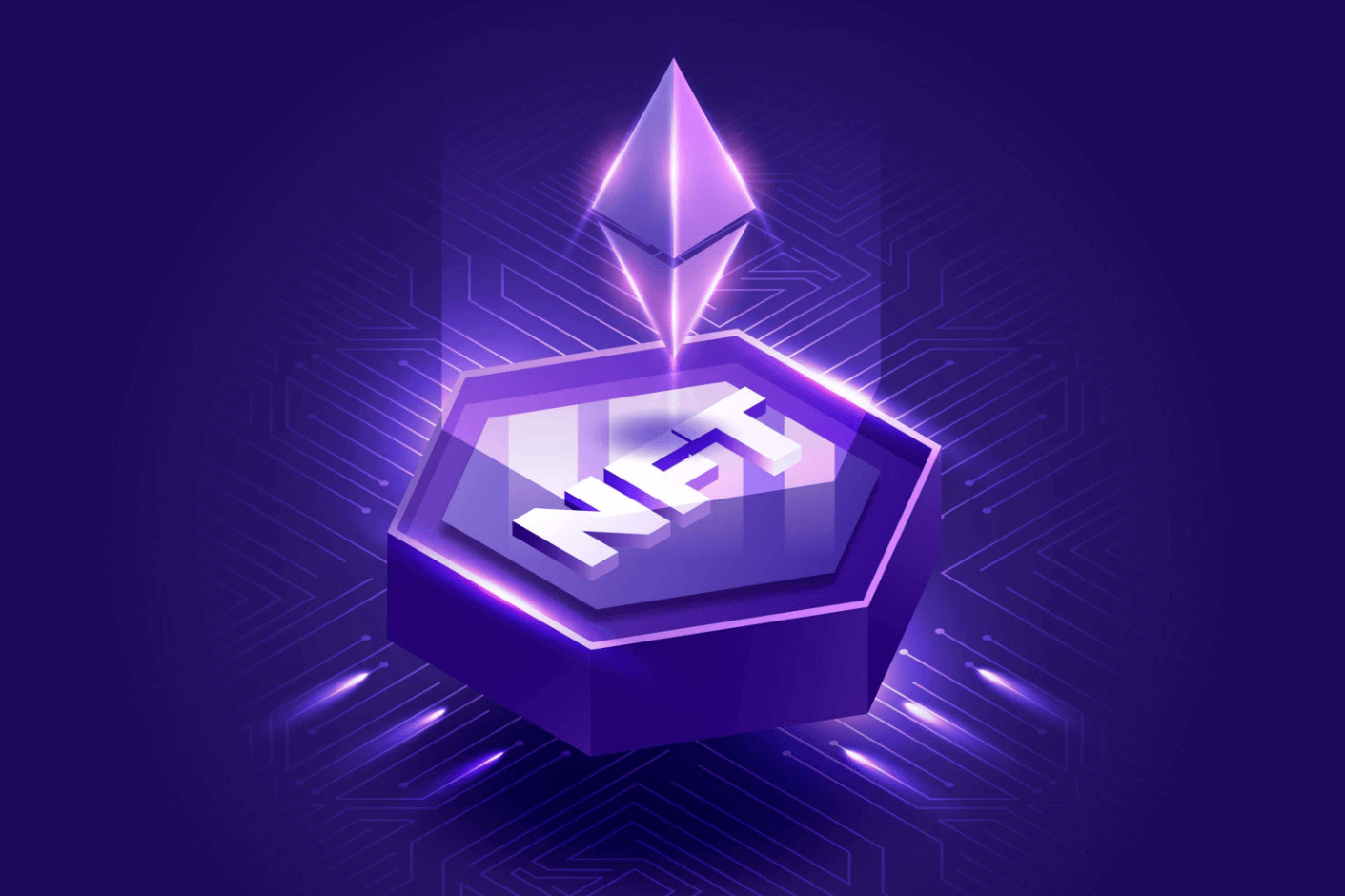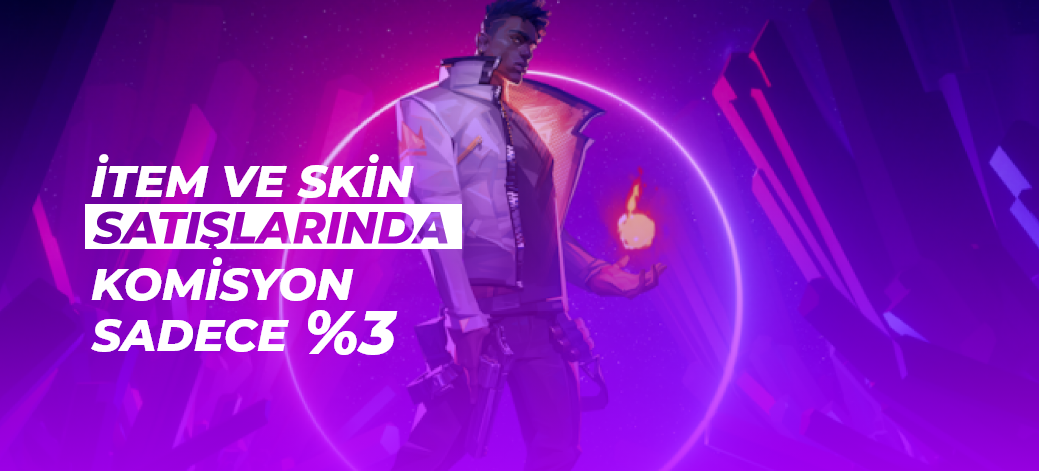With the popularity of NFTs, another intriguing topic is how to be a part of this ecosystem and how to generate NFTs. If you are not creating an algorithmic NFT collection or an NFT for gaming, contrary to popular belief, creating an NFT is a relatively straightforward procedure that does not require any programming knowledge. Several marketplaces on the market handle all of these tasks with ease.
Here are some points to consider about and do before launching your NFT:
1- Deciding what format to produce an NFT
2- Choosing which blockchain infrastructure you will produce
3- Choosing the appropriate platform for the blockchain
4- Registering on the platform and performing wallet integration
5- Creating NFT by following the steps on the platform
What can you create?
Your only limitation in creating an NFT is your creativity. We have seen the first tweet on Twitter, renowned basketball players and match moments, avatars of world-famous names, and even a person's love NFTized in the past. Everything that occurs in the physical and digital worlds may be NFTized in this sense. If we classify these assets:
- Artworks
- Image files
- GIF
- Audio files and music
- Avatars and profile pictures
- Collection items
- Digital representations of real-world assets
- Video footage
- Game items
What are the blockchains where NFT can be produced?
When selecting a blockchain to manufacture your NFTs, consider the production cost, supporting platforms, and volume on these platforms. For example, if you opt to create an NFT on the Ethereum network, you may have access to the NFT markets with the biggest volume and number of users. However, because your costs will rise during NFT manufacturing, this preference may be a hindrance if you intend to produce at a cheap cost. On the Ethereum network, high transaction costs may be both a drawback and a benefit. For example, NFT projects or collections created on the Ethereum network need high transaction costs, lowering your chance of being caught by fraudulent initiatives.
Another possibility provided by transaction costs is for platforms other than Ethereum to achieve a breakthrough in NFT and acquire market dominance. Low-fee networks such as Binance Smart Chain and Solana are examples of blockchains that have turned this crisis into an opportunity. These blockchains may offer distinct benefits over one another.
The main blockchains that can be produced with NFT are:
Ethereum, Binance Smart Chain, Solana, Avax, Tron, Eos, Polkadot, Tezos, Cosmos, Wax, Zilika, Polygon and Flow.
What is the cost of NFT production (Gas Fee)?
Although NFT production varies by platform, certain platforms can manufacture NFTs free, while others demand a fee. This is known as a 'Gas Fee' on Ethereum-based services. The cost paid to miners for originating or verifying transactions on the blockchain is known as the gas fee. The generation of a new block is the operation to be done while creating the NFT.
The Gas Fee will vary based on the transaction, the blockchain, the platform, and the traffic on the blockchain. Performing your trades when there are less individuals trading (often on the weekend) will dramatically minimize the amount you must pay.
What are NFT production platforms?
There are many alternative platforms where you can create NFTs. The platform you choose will differ depending on which blockchain you prefer for the NFTs you will create. Opensea, Rarible, Mintable, Solanart and Babylons are among the known platforms in this category.
Some popular marketplaces on the Ethereum blockchain:
- Opensea
- Rarible
- Mintable
- LookRare
- x2y2
Some popular NFT marketplaces on Binance Smart Chain:
- Binance NFT Marketplace
- Bakeryswap
- Babylons
Here are some popular NFT marketplaces on the Solana blockchain:
- Magiceden.io
- Solanart.io
- Solsea.io
How is NFT produced?
1-How is NFT produced in Babylon’s?
- After visiting the babylons.io site, click on the “Marketplace” button. After clicking the button, you will be directed to the marketplace.

- Press the “Create” button on the page you will be directed to, then connect with the appropriate wallet from the window that opens.

- After being led to the NFT creation page, click the "Single" button if you only want to create one NFT, or the "Multiple" option if you want to create more than one. Then you must make a decision based on the sort of NFT you intend to develop. You can select "Image" if you want to NFT a photo, "Video" if you want to upload a video, "Music" if you want to upload a song, and "3d" if you want to post a 3D work.
- Then you must upload the file containing your associated work to the website. After installation, you may give your NFT a name and add a description if you like.

- After completing all these processes, you can choose a category for your NFT, mark the "put on sale" section if you are going to put it on sale, and determine how much you will sell it for and on which unit you will sell it. In the "Royalties" section, you can determine how much share you will receive from the sales of your NFT. After pressing the "Create Item" button, you will have created your NFT on Babylons.
2-How is NFT produced in Opensea?
- Visit opensea.io, after connecting with your wallet, click the “create” button next to your profile.

- After clicking the button, you will be taken to a page where you may upload files, name them, and provide descriptions for the NFT you will be creating.

- After you have filled and completed these forms, you can go to the area where you can discuss further specifics regarding your NFT. You can, for example, provide specifics such as levels and features.

- From this section, you can also choose which blockchain to mint your NFT on. You can produce on blockchains supported by Opensea. After filling in the information you want, you can press the "Create" button and create your NFT.



